Tea leaves must undergo specific processing after collection, including rolling, fermentation, drying, etc. These steps determine the quality of various tea types in terms of color, aroma, taste, and shape. The resulting tea may have a strong or smooth taste, with flavors ranging from bitter to sweet, and everyone has their own favorite.
Have you ever tasted "sourness" when drinking tea? What kinds of sourness exist in tea? Why does tea taste sour? Which sourness is good, and which is not? Let's explore together!
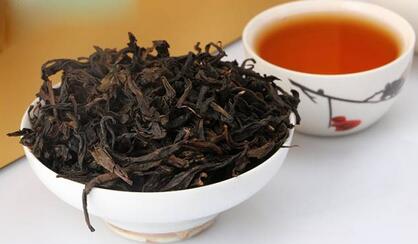
Wuyi Sourness
Some high-quality Wuyi rock tea may develop "Wuyi sourness" during natural aging.
In the mid-19th century, Western tea scholars discovered "tannin" (catechin) in rock tea and isolated "Wuyi sourness," which was later confirmed to be a mixture of gallic acid, oxalic acid, tannin, and quercetin, all beneficial to humans. In 1847, Rollet isolated "Wuyi sourness" from Wuyi rock tea. In 1861, Hasenwetz confirmed that Wuyi sourness is a mixture of gallic acid, oxalic acid, tannin, and quercetin.
It's important to distinguish between Wuyi sourness and process-induced sourness. Wuyi sourness is "sour but not cloying," while sourness caused by process errors can induce nausea, hence termed "sour retch." Therefore, don’t blindly pursue Wuyi sourness. As the saying goes: "Wuyi sourness is good, but don’t overindulge!"
Thus: Authentic Wuyi sourness is good, while "sour retch" is undesirable!
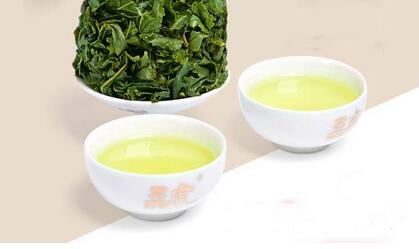
Tieguanyin Sourness
The false sourness in Tieguanyin, locally called "green sourness," results from short fermentation time, i.e., tea picked and processed on the same day. Another type is "green king sourness," which comes from traditional semi-fermentation and is the genuine sourness.
The sourness tea connoisseurs refer to is a subtle tartness with a slight astringency, felt from the teeth to the throat, similar to the aftertaste of eating sugar, accompanied by sweetness and salivation, with a tightening sensation on the sides of the tongue. This is often noticeable in the first three infusions of Tieguanyin with pronounced sourness, but such teas usually have strong sweetness and lingering aftertaste!
"Drag sourness" results from a new processing method, which is inherently undesirable, let alone the sourness it produces.
Thus: Green sourness and green king sourness are good, while drag sourness is undesirable!
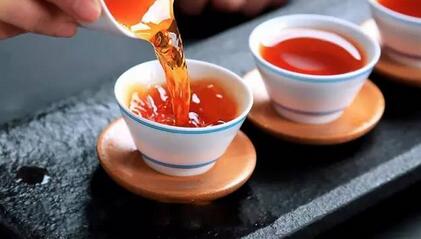
Black tea sourness
Generally, fermented tea has some sourness, but if the sourness is very noticeable, it may be due to overly dense stacking during fermentation or over-fermentation. Black tea is fully fermented, and if fermentation is excessive or timing is off, drying can lead to sourness.
Additionally, prolonged storage or improper storage causing dampness can also result in sourness. Brewing temperature is another factor; black tea sensitive to high temperatures may taste sour if brewed with overly hot water. Theoretically, pronounced sourness in black tea is due to process errors and is undesirable!
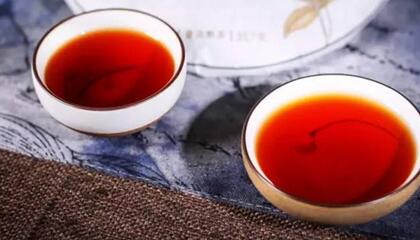
Ripe Pu-erh sourness
For Pu-erh, ripe Pu-erh naturally has sour, sweet, bitter, astringent, fragrant, smooth, and heavy characteristics. Its sourness can transform into sweetness, lingering in the throat without sticking, with a smooth tea texture. Well-aged ripe Pu-erh may exhibit fruity sourness. (Desirable)
However, improper pile-fermentation can also lead to a sour, spoiled taste. This negative sourness feels unpleasantly tart and may cause a tightening sensation in the cheeks. This type of sourness is universally disliked. (Undesirable)
Where does "sourness" come from?
The sourness in tea can be categorized into positive and negative types. Positive sourness can be seen as one manifestation of active substances in tea, while negative sourness often results from failed processing or storage.
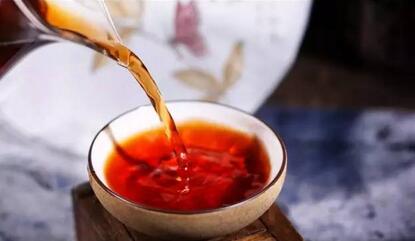
Main sources of sourness:
1. Wild tea: Due to the raw material itself, its taste often carries sourness.
2. Low picking grade: One bud with four leaves and old stems. Old stems are harder to fully process, increasing the chance of sourness in the final product. Tea picked in summer may also taste sour, especially in regions entering the rainy season with high moisture content.
3. Manual fixation: If the shaking and闷 process is imbalanced, or if fixation and rolling are too light, the final product is more likely to taste sour.
4. Sun-drying: If not dried promptly, high moisture content can lead to sourness.
5. Fermentation: Under湿热 conditions or with microbial activity, if fermentation is uncontrolled and drying is delayed, the final product may taste sour.
Points 2-5 primarily involve moisture, leading to anaerobic fermentation and the formation of organic acids.
Sourness in tea is not always a sign of poor quality. It depends on its concentration in the tea soup and the balance among other components. Good tea should have a harmonious balance of "sourness, sweetness, bitterness, astringency, fragrance, smoothness, and heaviness."
Understanding the "sourness" in tea and distinguishing between positive and negative sourness is fundamental knowledge for every tea lover.